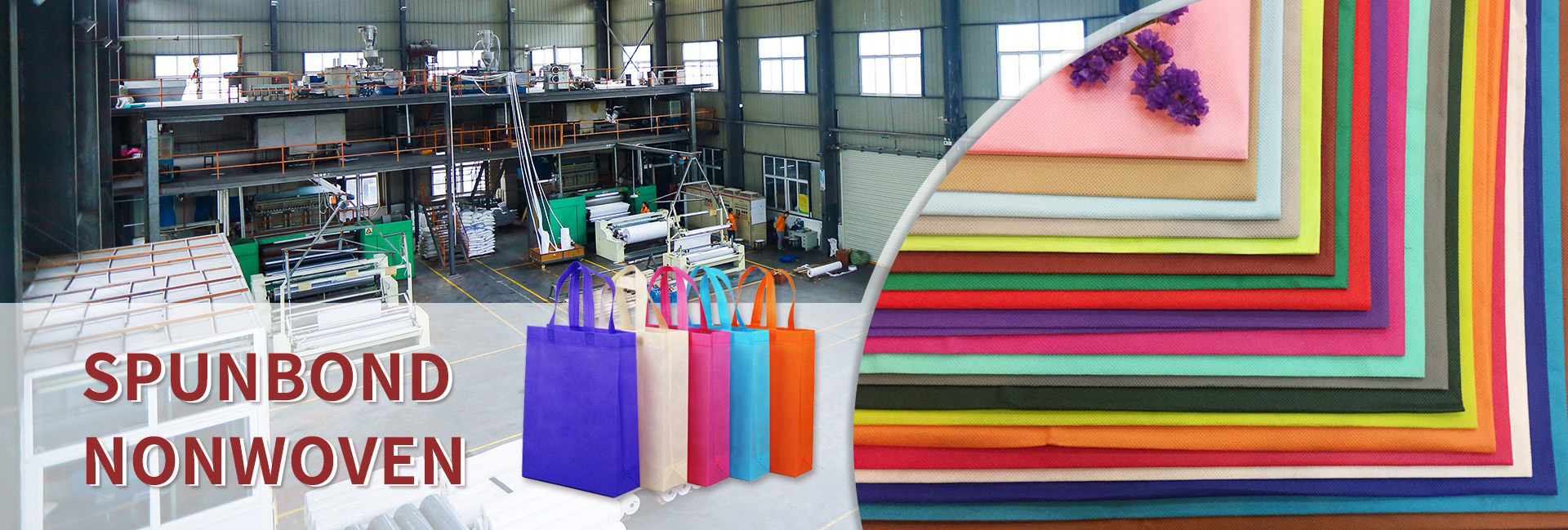In the production line of melt spun nonwoven fabrics, including the main raw materials, one type of raw (auxiliary) material is called a component, and the number of components in the batching system varies depending on the type of raw (auxiliary) material added. A typical production line has at least two components, with three components being the most common configuration. Four components can meet the production requirements of more complex products (such as simultaneously adding whitening agents, color masterbatch, functional masterbatch, or cooling masterbatch), and a small number of production lines are equipped with five component batching systems.
The multi-component batching system of the spinning and melting production line generally consists of a feeding device, a storage device, a measuring device, and a mixing device.
Feeding device
The function of the feeding device is to provide the system with the main materials (polymer chips) and auxiliary materials (color masterbatch, functional masterbatch, or cooling masterbatch, etc.) required for the production process. The commonly used feeding methods include compressed air (or high-pressure airflow) positive pressure feeding and vacuum negative pressure suction feeding.
Material storage device
The function of the material storage device is to temporarily store the materials transported by the feeding device and feed them continuously to the measuring device installed below it. The number of material storage devices is the same as the number of components. The largest storage hopper is generally used to store polymer slices, called the main hopper, while others are called auxiliary hoppers.
Measuring device
The measuring device can feed the material of this component into the mixing device below according to the predetermined ratio. The proportion of materials is calculated by weight, while the measuring device operates and calculates by volume flow rate. For a specific type of material, there is a proportional relationship between weight and volume, which is the “bulk density” of the material.
The bulk density of bulk materials is not their density, but the weight of the material per unit volume, including a large number of voids. In addition to being related to the density of the material, it is also related to the particle size and uniformity of the material, so it cannot be confused. The density of polypropylene (PP) is 0.91, while the bulk density of some PP slices is less than 0.6.
The number of measuring devices corresponds to the number of components, and the commonly used measuring methods include cup type, screw type, and weighing type.
01. Measuring cup type measurement
The measuring cup measurement method belongs to graded measurement, which is characterized by intermittent feeding, small setting range, and low accuracy. Due to the reliance on gravity for feeding, it is sensitive to fluctuations in the material level inside the mixing drum. When the material level is too high, it can block the feeding and affect the accuracy of the measurement. Due to low measurement accuracy, complicated calculation process, and numerous malfunctions. Therefore, the cup measuring method has been basically eliminated in the new production line.
02. Screw metering
Screw metering belongs to continuous metering, capable of continuous feeding, with a large setting range and high accuracy. The form of the measuring screw is similar to the screw of a screw conveyor, although the displacement of each rotation of the screw decreases with the increase of the speed and is not a constant. But in production practice, if there are not particularly strict requirements, it can generally be treated as a constant to simplify production preparation and process calculation, and errors that occur can be corrected during trial production to meet product quality requirements.
03. Weighing measurement
In the process formula, the ratio of various materials is calculated based on the proportion of weight. Both cup and screw metering are actually indirectly adjusted by measuring the total volume of each material to adjust the addition ratio. This can easily lead to significant deviations in the ratio due to irregular changes in material density. However, the measurement method of directly weighing the material weight can avoid such errors. Weighing measurement has high accuracy and is not affected by changes in material form, but its structure is complex, the action process is long, and the cost is high, so it is not widely used in non-woven fabric production lines.
Mixing device
The function of the mixing device is to mix the materials sent by the component measuring device, so that the various materials are evenly distributed. There are two ways of mixing: gravity dispersion and mechanical stirring. Most of the mechanical stirring mixing devices used in non-woven fabric production lines use mixing paddles installed in mixing drums to evenly mix the materials.
The mixing state of materials includes the height of the material level, the range of material level fluctuations, and the operating status of the mixing blade. Although various materials will be further mixed in the future processing and flow process, making the distribution of various materials in the melt tend to be uniform, the operating state of the mixing hopper still has a significant impact on the quality of the product. When the materials are mixed unevenly, the most common phenomenon is color difference in the production of colored products. In severe cases, it can cause unstable spinning, resulting in broken fibers and dripping of molten material.
Dongguan Liansheng Non woven Technology Co., Ltd. was established in May 2020. It is a large-scale non-woven fabric production enterprise integrating research and development, production, and sales. It can produce various colors of PP spunbond non-woven fabrics with a width of less than 3.2 meters from 9 grams to 300 grams.
Post time: May-24-2025

